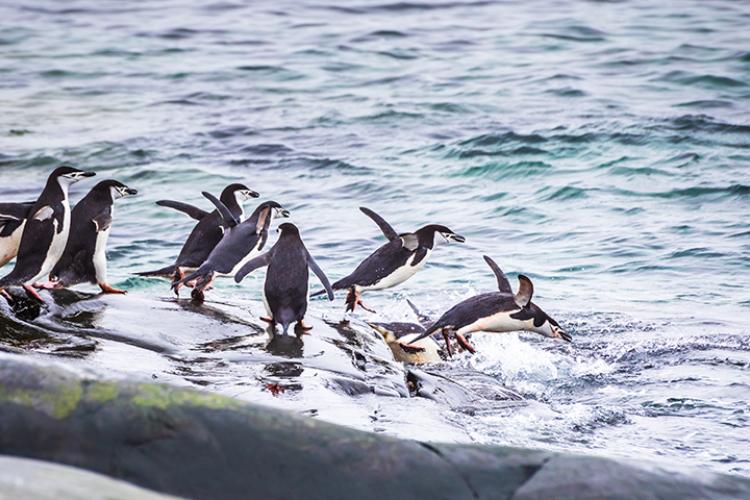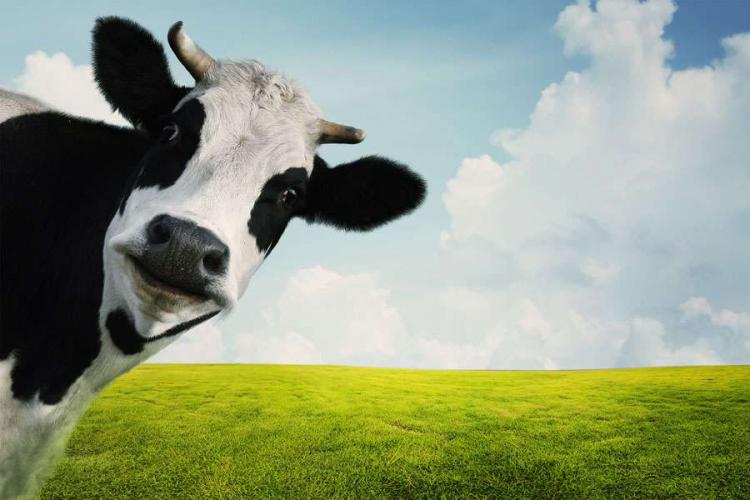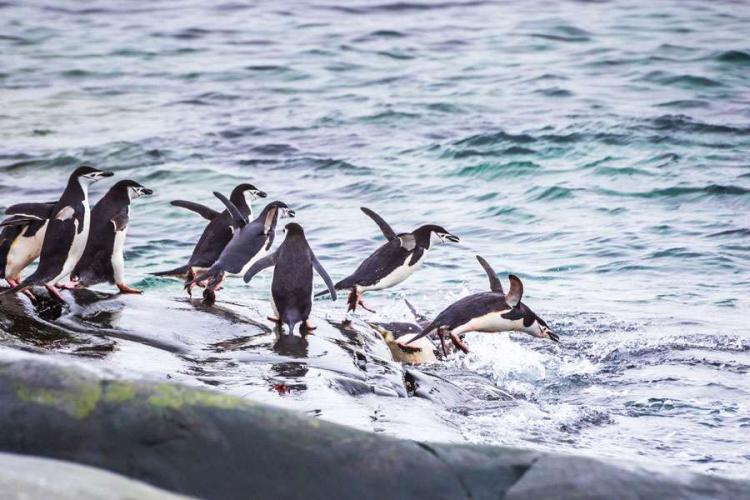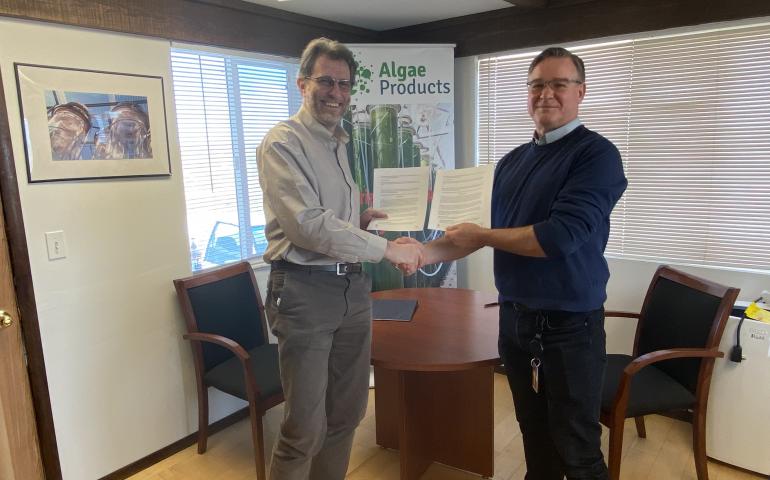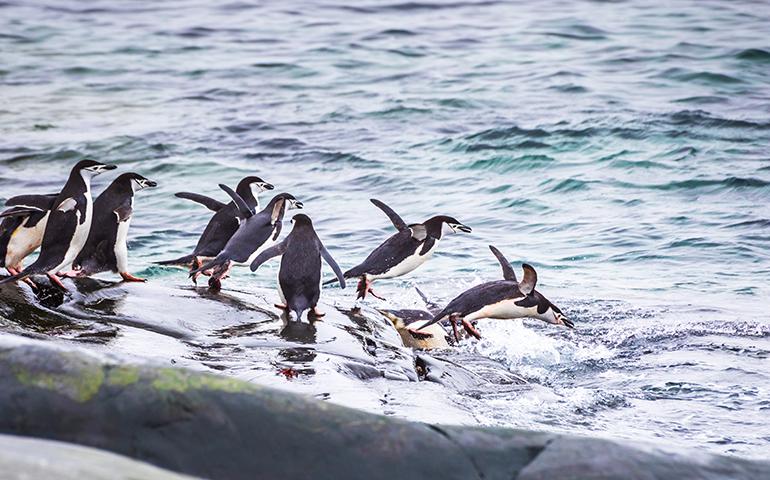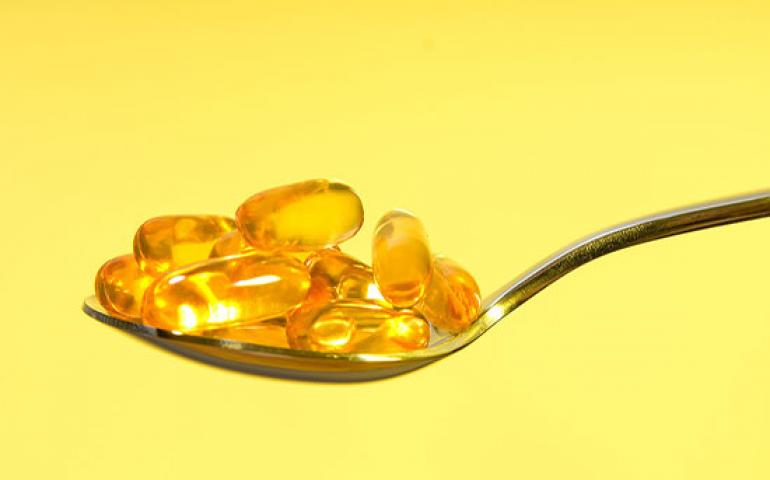The icy ocean around Antarctica may seem like a cold and foreboding place. But it’s actually brimming with life.
Penguins and seals build their colonies on its rocky shores. Orcas, whales and a variety of fish zip through its gray waters. Seabirds glide overhead.
The Antarctic Peninsula, the continent’s northernmost spit of land, is one of the most biologically diverse regions of all. And at the cornerstone of its delicate ecosystem is a small, shrimp-like creature known as the Antarctic krill.

